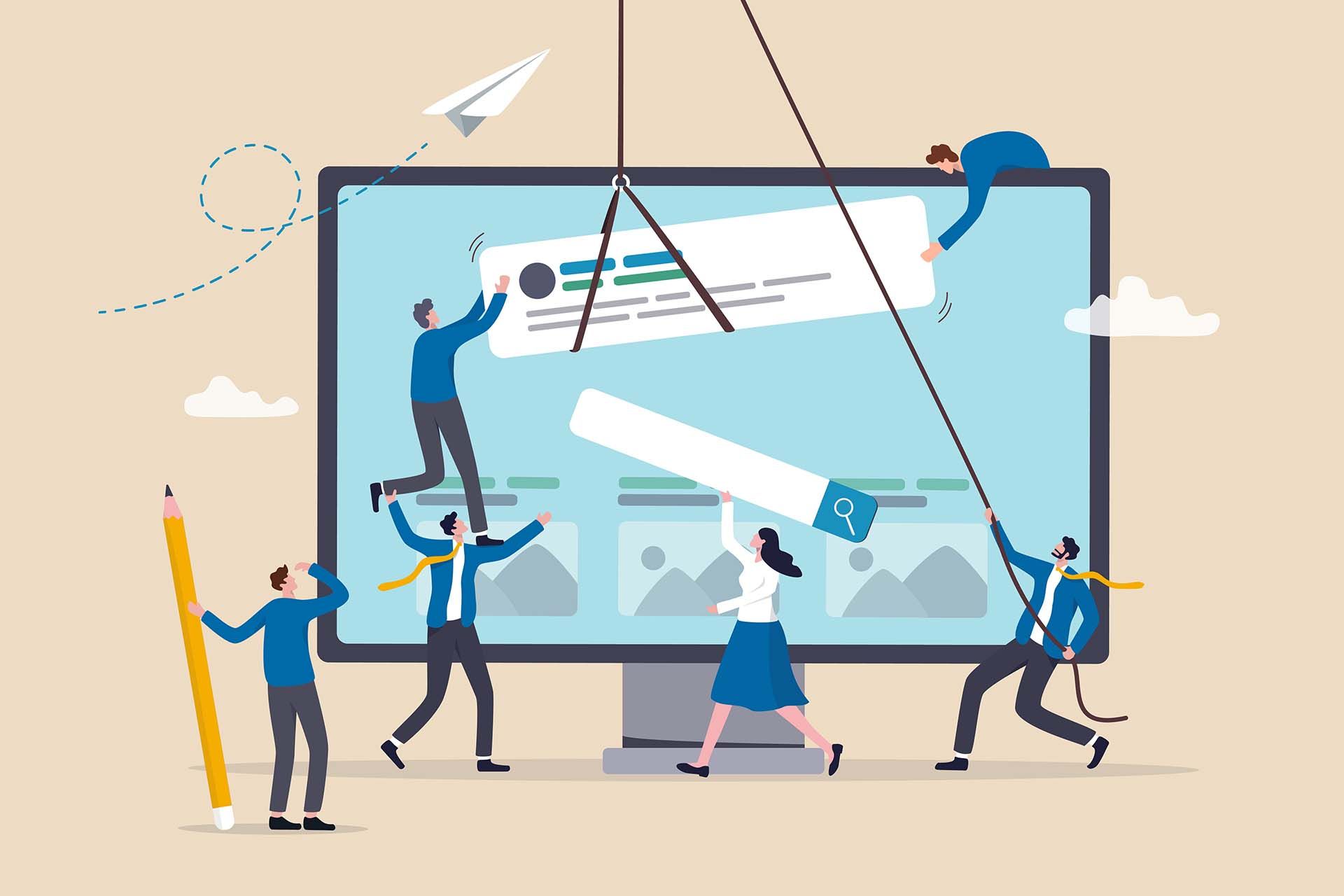25 Tips for Balancing Multiple Interior Design Projects
As an interior designer, balancing multiple projects can be both exciting and overwhelming. Effective time management, organization, and communication are key to handling multiple clients and ensuring successful outcomes for each project. Here are 25 tips to help you manage multiple interior design projects efficiently.
1. Prioritize Your Projects
Identify which projects require immediate attention and which can be scheduled for later. Use a priority matrix to categorize tasks based on urgency and importance.
2. Create a Master Schedule
Develop a comprehensive schedule that includes deadlines, client meetings, and major milestones for all your projects. This will help you stay on track and avoid overlapping commitments.
3. Use a Project Management Tool
Leverage a project management tool like Serenity to keep all your projects organized. Serenity allows you to track timelines, budgets, and communications in one place.
4. Set Clear Goals
Define clear, achievable goals for each project. Break down larger tasks into smaller, manageable steps to maintain focus and momentum.
5. Delegate Tasks
Don't hesitate to delegate tasks to your team or hire subcontractors for specific aspects of the project. This frees up your time to focus on design and client interactions.
6. Maintain Consistent Communication
Keep your clients informed with regular updates. Schedule weekly or bi-weekly check-ins to discuss progress and address any concerns. Add tasks or appointments to your calendar each week to make sure the communication happens predictably.
7. Streamline Communication Channels
Use Serenity to manage all client communications, including calls, texts, emails, and messenger. This ensures nothing falls through the cracks and your clients will LOVE that you can communicate with them using their preferred channel.
8. Create a Detailed Timeline
Develop a detailed timeline for each project, including key milestones and deadlines. This helps you visualize the project flow and identify potential bottlenecks.
9. Track Your Time
Use time-tracking tools to monitor how much time you spend on each project. This helps you identify areas where you can improve efficiency. We use Clockify for client-facing Time Tracking, see below for our recommendation on tracking time for payroll.
10. Keep a Task List
Maintain a daily or weekly task list to keep track of all your to-dos. Prioritize tasks based on deadlines and importance. Serenity includes a task manager and you can also use tools like Trello.
11. Set Boundaries
Establish boundaries with clients regarding communication and work hours. This helps you manage your time effectively and maintain work-life balance.
12. Batch Similar Tasks
Group similar tasks together to improve efficiency. For example, schedule all client meetings on the same day or dedicate specific days to sourcing materials.
13. Use Templates
Create templates for common documents, such as contracts, invoices, and client updates. This saves time and ensures consistency across projects.
14. Automate Routine Tasks
Automate routine tasks, such as sending reminders and follow-up emails, using tools like Serenity. This reduces manual work and frees up time for more important tasks.
15. Stay Organized
Keep your workspace and digital files organized. Use folders, labels, and color-coding to easily find what you need.
16. Limit Distractions
Minimize distractions by creating a dedicated workspace and setting specific work hours. Use productivity tools to block distracting websites and apps.
17. Take Breaks
Schedule regular breaks to avoid burnout. Short breaks throughout the day can improve focus and productivity.
18. Review and Reflect
Regularly review your progress and reflect on what’s working and what’s not. Adjust your strategies as needed to stay on track.
19. Stay Flexible
Be prepared to adapt to changes and unexpected challenges. Flexibility is key to managing multiple projects successfully.
20. Set Realistic Expectations
Set realistic expectations with your clients regarding timelines, budgets, and deliverables. Clear communication from the start helps avoid misunderstandings.
21. Use Visual Aids
Create visual aids, such as mood boards and 3D renderings, to help clients understand your vision and provide feedback early in the process. Pinterest and Canva are great tools for this.
22. Build a Reliable Team
Surround yourself with a reliable team of contractors, vendors, and assistants. A strong support network makes it easier to manage multiple projects. Gusto is a great payroll tool and on our recommendations list. It also integrates with Quickbooks online.
23. Stay Updated
Keep up with industry trends and new technologies. Continuous learning helps you stay competitive and offer the best solutions to your clients. Use AI tools to help you form and collect ideas and get through the ideation and concept stages more efficiently.
24. Practice Self-Care
Take care of your physical and mental health. Regular exercise, healthy eating, and adequate sleep are essential for maintaining high energy levels and focus.
25. Celebrate Successes
Celebrate your successes, both big and small. Recognizing your achievements helps maintain motivation and a positive mindset.
By implementing these tips and leveraging tools like Serenity, you can effectively manage multiple interior design projects, ensuring successful outcomes for each client.
How can I manage my time effectively while balancing multiple design projects?
 Button
ButtonTo manage your time effectively, create a master schedule to track all project deadlines and key milestones. Use detailed timelines for each project and leverage time-tracking tools to monitor productivity. Prioritize tasks based on urgency and importance, and delegate when possible to free up your time for critical design work.
What tools can help me stay organized with multiple interior design projects?
 Button
ButtonProject management tools like Serenity are invaluable for tracking timelines, budgets, and communications. These tools help centralize all project-related information, making it easier to stay organized. Additionally, using digital folders, labels, and color-coding can streamline file management and ensure quick access to important documents.
How do I handle unexpected changes in client projects?
 Button
ButtonStay flexible and maintain open communication with your clients to handle unexpected changes effectively. Inform clients promptly about any changes and discuss the impact on the project timeline and budget. Document all changes and ensure both parties agree to the revised plans to avoid misunderstandings.
This article includes affiliate links and we may earn a small commission from qualifying purchases. We only recommend tools that we actually use in our business, so you can trust that we’re recommending the good stuff.
Common Questions
Disclaimer: This publication and the information included in it are not intended to serve as a substitute for consultation with business consultants and professionals. Specific business, financial, legal issues, concerns and conditions always require the advice of appropriate professionals. Any opinions expressed are solely those of the participant and do not represent the views or opinions of this company.


